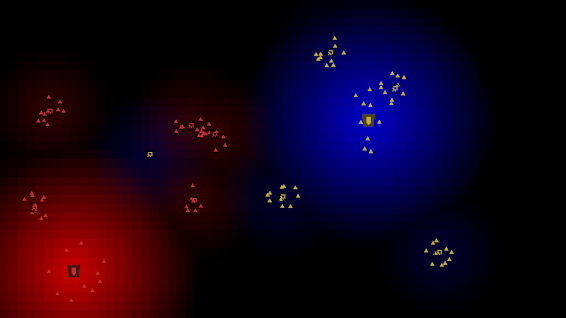Behavior Trees - Decision Making in Games!

Behavior Trees! After doing a few of these game AI projects I find that it's not terribly hard to slap together an AI that has and performs a single behavior. The trouble seems to come in when you want the same AI to own and perform multiple behaviors, one after another. There are multiple structures/ways to do this but the one I want to talk about in this post involves Behavior Tress! It's a pretty common way of creating elaborate AIs in games and allows you to create separate behaviors that link together to create the illusion of an AI that's making decisions. I plan to split this post into three parts What is a behavior tree? How would I make a behavior tree? My implementation I don't plan for this to be a step-by-step tutorial but rather a summary of what a behavior tree is and let that inspire you in terms of how to make one and what you could do with it. Ill also talk about some of the benefits of using behavior trees and what it could allow you to do w...

